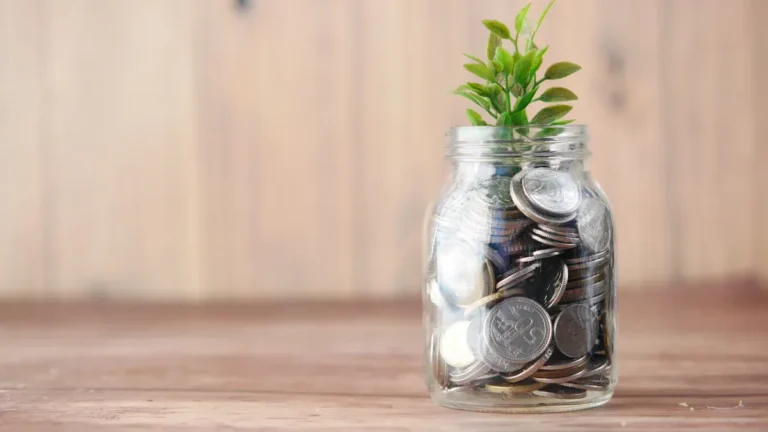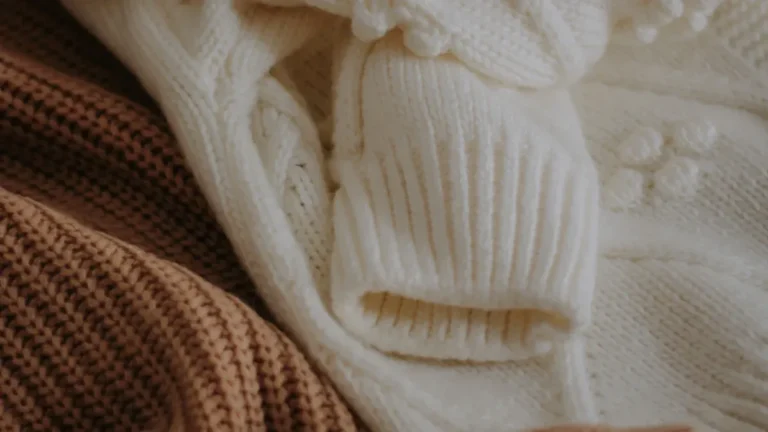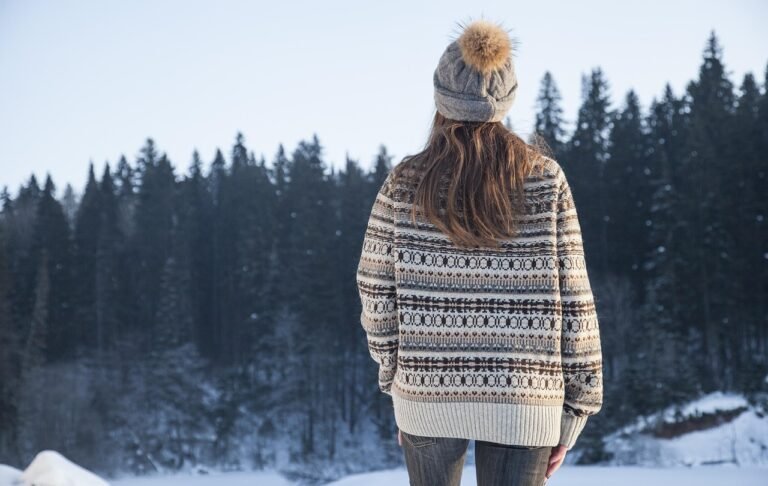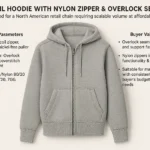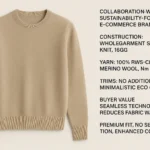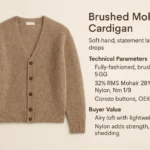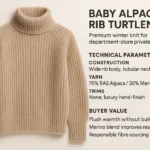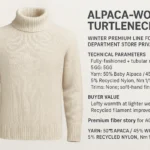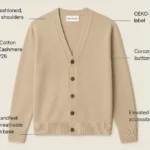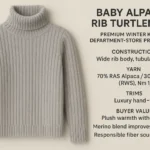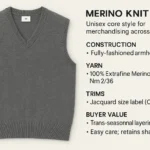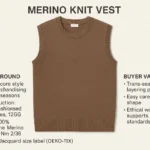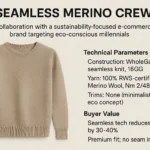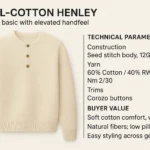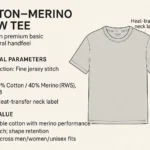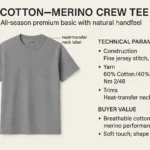
You might feel confused when you hear words like embroidery, cross stitch, or needlepoint. Many beginners mix up these words. Here are some common mistakes you may have seen:
People often think cross stitch is just another word for embroidery. But cross stitch is a special way to do embroidery.
Cross stitch uses x-shaped stitches on a grid fabric. Embroidery has many different styles.
Some people think cross stitch is not part of embroidery. But it is the oldest kind of embroidery.
Needlepoint and cross stitch look alike. But they use different stitches, fabrics, and threads.
If you want to start this craft, learning the differences between embroidery styles can help you enjoy needlework and choose the best method for you.
Key Takeaways
Embroidery, cross stitch, and needlepoint are different crafts. Each one uses its own stitches, fabrics, and ways to make things. Knowing these differences helps you pick the best one for your project.
Cross stitch is an easy type of embroidery for beginners. It uses X-shaped stitches on a grid fabric. This makes it simple to follow patterns. Start with easy designs to get better at it.
Needlepoint is strong and lasts a long time. It uses canvas and tough stitches. This makes it good for things like rugs and cushions. Pick needlepoint if you want your project to last.
Doing needlecrafts can help your mental health. These crafts help you relax and be creative. They can lower stress and worry.
Start with small projects to feel more sure of yourself. Easy things like bookmarks or ornaments are good for new learners. Have fun making things and be proud of what you finish!
Differences Between Embroidery, Cross Stitch, and Needlepoint

Embroidery Overview
You might hear embroidery used in many ways. Embroidery is a very old art. People in Ancient Egypt used stitches for tents and clothes. Later, people used embroidery to show off pretty designs and wealth. In the 1500s, new ways like needlepoint made embroidery more popular.
Embroidery has many styles and stitches. You can find embroidery from many countries. Some styles use free patterns from old designs. Others use counted stitches or special threads. You can see embroidery on shirts, pillows, or wall art. Hand embroidery lets you make your own designs with a needle and thread.
When you do embroidery, you use many stitches. Some common ones are satin stitch, backstitch, and French knots. You need embroidery needles, hoops, threads, and different fabrics. The finished look can be soft or bold. It depends on your pattern and how you stitch.
Tip: Try different embroidery types to find your favorite!
Cross Stitch Basics
Cross stitch is a special kind of embroidery. It uses X-shaped stitches to make pictures on fabric. Cross stitch has been around for a long time. People found cross stitch from 600 BC. In the 1500s, Catherine of Aragon helped make blackwork. This style led to cross stitch today. By the 1800s, cross-stitch samplers taught girls sewing and reading.
Cross stitch uses grid fabric, like Aida or evenweave linen. The fabric has holes to help you make neat X-shaped stitches. Each square on the fabric matches a stitch in your pattern. Cross stitch patterns look boxy and simple. But you can make very detailed designs.
Here is a quick look at cross stitch patterns:
Component | Description |
|---|---|
Chart | Squares show where each stitch goes on the fabric. |
Occupied Square | Each square usually means one full X-shaped stitch. |
Fractional Stitches | Sometimes you add special stitches like French knots. |
Centering | Start in the center of your fabric and pattern for best results. |
Fabric Count | The number of squares per inch changes the size of your design. |
You can use colored pens to mark your spot and not get lost. Cross stitch is easy to learn and good for beginners. You can find patterns for all skill levels. Some are simple hearts, others are detailed landscapes.
Common fabrics for cross stitch:
Aida fabric (6, 8, 11, 14, 16, 18, 20 count)
Evenweave linen (18, 28, 32, 40, 56 count)
Needlepoint Explained
Needlepoint is another kind of embroidery. It is known for being strong and sturdy. Needlepoint became popular in the 1500s with styles like Bargello. These styles showed off wealth and status. People use needlepoint for things that need to last, like rugs or cushions.
You do needlepoint on canvas, not regular fabric. The canvas can be mono, interlock, or Penelope. Mono canvas is easy to stitch and comes in many colors. Interlock canvas is very stable and good for heavy-use items. Penelope canvas lets you use different mesh sizes for more detail.
Needlepoint uses many stitches. Some popular ones are tent, basketweave, gobelin, and mosaic. These stitches make your work strong and textured. Needlepoint patterns are often harder than cross stitch patterns. You can find patterns from simple shapes to detailed scenes.
Here is a table to show the differences:
Technique | Stitch Types | Patterns |
|---|---|---|
Needlepoint | Tent, basketweave, gobelin, mosaic | Complex designs on canvas |
Cross Stitch | X-shaped stitch | Simple, boxy patterns |
Embroidery | Many stitches and styles | Wide range of designs |
Needlepoint is strong and lasts a long time. You can use it for pillows or tapestries. The thick stitching makes it tough. Cross stitch is more flexible and lets you make detailed designs. Its strength depends on the fabric you use. Embroidery can be soft or bold. You can use it for many projects.
Note: If you want something strong, needlepoint is a good choice!
The differences between embroidery, cross stitch, and needlepoint are not just about stitches. They use different materials, patterns, and designs. Each craft looks and feels different. Try them all to see which one you like best!
Techniques and Materials

Embroidery Stitches
When you start with embroidery, you will see many types of stitch. Each stitch gives your project a different look and feel. Here are some of the most common stitches you will use:
Backstitch helps you outline shapes and make solid lines.
Split stitch looks braided and works well for outlines or filling spaces.
Running stitch creates dashed lines and adds small details.
French knots add tiny, raised dots for accents.
Chain stitch forms loops that are great for borders.
Feather stitch covers large areas and looks decorative.
You can use simple stitches or try more complex ones as you learn. Some embroidery techniques use stabilizers to keep your fabric smooth. Layering stitches adds depth and texture. If you want to try advanced embroidery, you can use fill stitches, appliqué, or even 3D effects. Managing thread tension helps your stitches look neat.
Cross Stitch Methods
Cross stitch uses a special method. You make X-shaped stitches on grid fabric. Here’s how you can start:
Choose your colors and gather your materials.
Thread your needle with 1-3 strands of floss.
Start in the center of your fabric and pattern.
Make diagonal stitches to form X shapes in each square.
Finish by knotting the thread at the back.
You need to keep your stitches going in the same direction for a neat look. Try not to skip around the pattern or lose count. Using the right fabric count helps your design fit well.
Needlepoint Techniques
Needlepoint uses strong stitches on canvas. You will see these main stitches:
Continental stitch works diagonally and makes tight fabric.
Basketweave stitch creates smooth, even surfaces.
Florentine or Bargello uses straight stitches for bold, geometric patterns.
Petit point uses tiny stitches for detailed work.
Gros point uses larger stitches for fast progress.
French tapestry mixes stitches for complex scenes.
You can change the texture by using different threads or special stitches like the Cashmere stitch. Decorative stitches, such as French knots, add extra detail.
Materials Compared
Let’s look at the discussion of materials for each craft. You will notice some big differences:
Needlecraft Type | Fabrics Used | Threads Used | Tools Needed | Cost Range | Accessibility |
|---|---|---|---|---|---|
Embroidery | Cotton, linen, blends | Floss, silk, wool | Needles, hoops, scissors | Varies | Easy to start |
Cross stitch | Aida, evenweave linen | Floss | Needles, hoops, scissors | Under $50 | Beginner kits available |
Needlepoint | Mono/interlock canvas | Wool, cotton, silk, novelty | Tapestry needles, frames | $75-150 | Higher investment |
You can find embroidery and cross stitch kits in most craft stores. Needlepoint needs more expensive materials, but it lasts a long time. Each craft uses different stitching techniques and materials, so you can pick what fits your style and budget.
Tip: Try different fabrics and threads to see which ones you like best. Each material changes how your stitches look and feel. 😊
Benefits of Needlecrafts
Mental Health Benefits
You may not expect how much embroidery, cross stitch, and needlepoint can help you. Many people say these crafts make them feel calm and relaxed. When you stitch, your mind pays attention to each step. This focus helps you forget about stress and worries. Studies show that doing these crafts can lower stress, anxiety, and sadness. People who do needlepoint often feel less nervous and more at peace. Stitching over and over gives your brain a break from problems. Some people use needlepoint to get through hard times. Making hand-embroidered art can give you purpose and help you feel happier.
Doing crafts can make you feel better and happier.
People use these crafts to make a safe space for themselves.
Tip: If you feel worried, try a small embroidery or needlepoint project. You might feel better after just a little bit.
Creativity and Social Aspects
Needlecrafts like embroidery and needlepoint let you be creative. You can choose your own colors, patterns, and designs. Many people say making hand-embroidered art helps them share feelings and ideas. When you finish a project, you feel proud and happy. Being creative can help you feel better and deal with tough feelings.
You can also join a friendly group. Many people share their needlepoint and embroidery online or in clubs. These groups help you meet new friends and learn new things. Research shows that being in a craft group can make you feel happier and less alone.
Activity Type | Social Benefit | Well-being Impact |
|---|---|---|
Creating arts and crafts | Makes new friends | |
Sharing projects | Builds confidence | Makes life feel special |
Joining groups | Helps you feel less lonely | Supports your mental health |
Project Ideas
You can start with simple projects and get better as you go. Here are some fun ideas for embroidery, cross stitch, and needlepoint:
Try making bookmarks with your initials using simple stitches.
Make keychains with tiny patterns for a fast project.
Create floral coasters to practice basic embroidery stitches.
Start your first stocking with a canvas that is already stitched.
You can also decorate old clothes or thrift store finds with embroidery or cross stitch. These projects help you practice and make something special. The good things about needlepoint and embroidery show up as you finish each project. You will see how every new piece you make brings you joy and pride.
Remember: Every project you finish helps you learn and feel better. Keep trying new ideas and have fun!
Beginner Tips and Resources
Starter Projects
It is exciting to start embroidery with the right project. Try making a kitchen apron or pot holder if you want something easy. These projects help you learn basic stitches and feel more confident. Baby blankets with simple designs are good for practice too. If you want something fun, make a bingo bag or a ruffled scarf. Sock dinosaurs are playful and quick to finish. They are great for beginners who want fast results.
For cross-stitch, begin with small bookmarks or keychains. These let you practice X-shaped stitches without feeling stressed. Floral coasters or simple tote bag patterns help you learn the basics. Needlepoint beginners can make ornaments or small pillows. These use strong canvas and let you try new stitches.
Tip: Pick a project that makes you excited. You will finish it faster and have more fun!
Choosing Materials
Choosing good materials makes embroidery easier. Cotton or linen fabrics work well for most embroidery projects. For cross-stitch, Aida or evenweave linen gives you a clear grid. Needlepoint uses mono or interlock canvas, which is strong and lasts long. Try different threads like floss, silk, or wool to see what you like.
You do not need fancy tools to begin. A hoop, sharp scissors, and a few needles are enough. Many stores sell beginner kits with all the supplies you need. These kits have clear instructions so you do not get confused.
Learning Resources
There are many ways to learn embroidery, cross-stitch, and needlepoint. Look for guides that teach old hand-stitching methods or give step-by-step help. Video tutorials are easy to follow, and some websites have lots of stitch videos. Articles and beginner guides help you learn at your own speed.
Online groups give you help and support. You can join groups where people share tips and answer questions. Many shops send emails with free learning tools. These groups make your hobby more fun and help you stay interested.
Remember: Every stitch you make helps you get better at embroidery. Enjoy learning and do not be afraid to ask for help!
You have learned how embroidery, cross stitch, and needlepoint are different. Embroidery lets you try many stitches and styles. Cross stitch uses X-shaped stitches on special fabric. Needlepoint makes strong and bold pictures on canvas. Embroidery can help you feel calm and happy. You can begin with a small project like a bookmark or ornament. You can join a group or look for help online. Embroidery helps people make friends and be creative. Give embroidery a try and see how fun it is. It is simple to learn and feels great to do. You will enjoy embroidery!
Remember, anyone can do embroidery. Just give it a try!
FAQ
What is the easiest embroidery project for beginners?
You can start with a simple hoop art design. Choose a small pattern with basic stitches. Many people like to try flowers or hearts. You will learn embroidery faster with a small project. Practice makes you better every time.
Can you mix embroidery, cross stitch, and needlepoint in one project?
Yes, you can mix them! Many crafters use embroidery stitches with cross stitch or needlepoint. You get a unique look. Try adding embroidery details to a cross stitch piece. This makes your project stand out and shows your creativity.
How do you keep embroidery fabric tight while stitching?
Use an embroidery hoop or frame. Place your fabric in the hoop and tighten it. This keeps the fabric smooth. You will find stitching much easier. If the fabric gets loose, stop and tighten the hoop again.
What thread should you use for embroidery?
Most people use cotton embroidery floss. You can also try silk or wool threads. Pick the thread that matches your fabric and project. Embroidery floss comes in many colors. You can blend shades for a special effect.
How do you fix mistakes in embroidery?
If you make a mistake, gently pull out the stitches with a needle or seam ripper. Go slow so you do not damage the fabric. Start the embroidery section again. Everyone makes mistakes. You will get better with practice.




